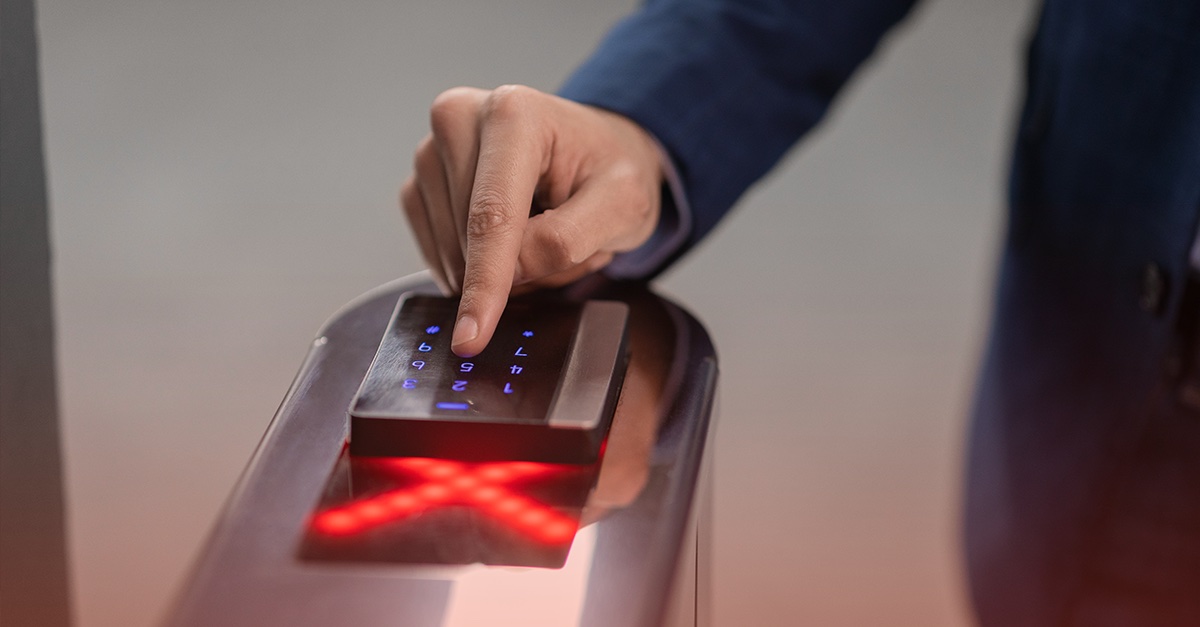
PCI Requirement 3.6.7 – Prevention of Unauthorized Substitution of Cryptographic Keys
Your organization must have the appropriate controls in place to prevent unauthorized key substitution. PCI Requirement 3.6.7 requires, “Prevention of unauthorized substitution of cryptographic keys.”
If your organization does not have policies, procedures, and standards documenting how your encryption solution does not accept substitution keys from unauthorized sources, you are giving malicious individuals an opportunity to decrypt your data. Assessors will examine your procedures to ensure that they outline a specific process to prevent unauthorized key substitution. The responsible personnel should also be interviewed to ensure they know and implement this process.
Do your due diligence to create strong keys and protect the unauthorized substitution of cryptographic keys.
Within your encryption program, part of your key management program is doing your due diligence around creating a strong key (wherever you’re storing it), preventing individuals from getting unauthorized access to that, and rotating your key on a periodic basis that you’ve defined as your cryptoperiod. When we get to 3.6.7, we want to make sure that you have a process in place to prevent unauthorized key substitution. The reason for this is, let’s say I’m Hacker Joe and you have really great encryption processes and programs, but if I am able to implement my own key into your environment and encrypt the data with my key, when I get access to that data, I can surely decrypt it.
It’s required that you have controls in place to prevent the unauthorized substitution of cryptographic keys. From an assessment perspective, we’re going to be once again looking at policies, procedures, and standards around this. We’re going to be looking at how you’ve actually implemented these controls, whether this be access controls or by any other means that you’re doing this. Understand that simply compiling the encryption keys into the source code does not necessarily mean that you’ve met this requirement. It might be a plethora of things. Protect the unauthorized substitution of your encryption keys.